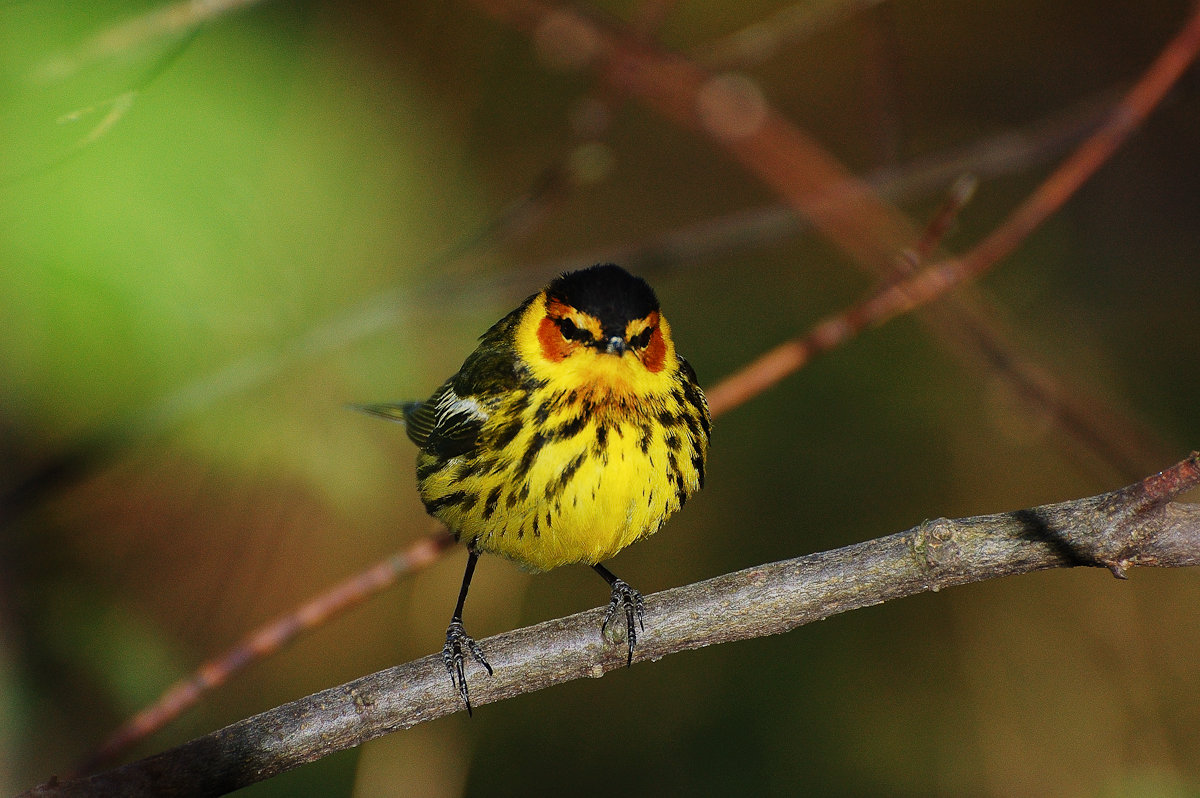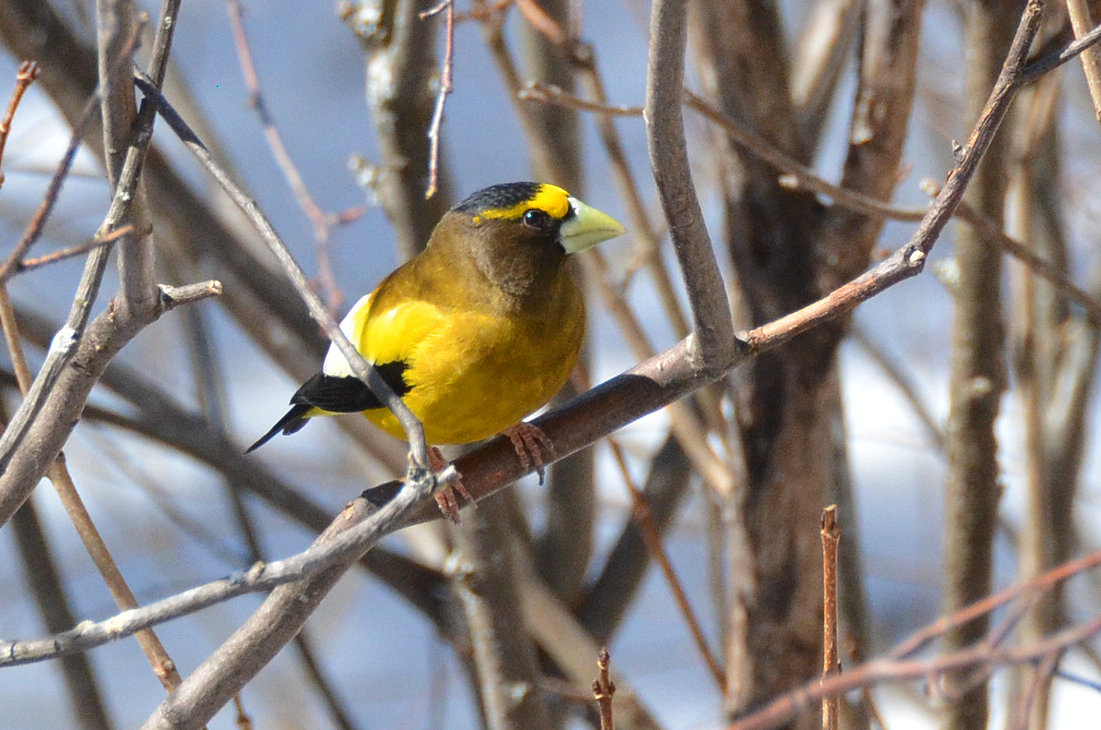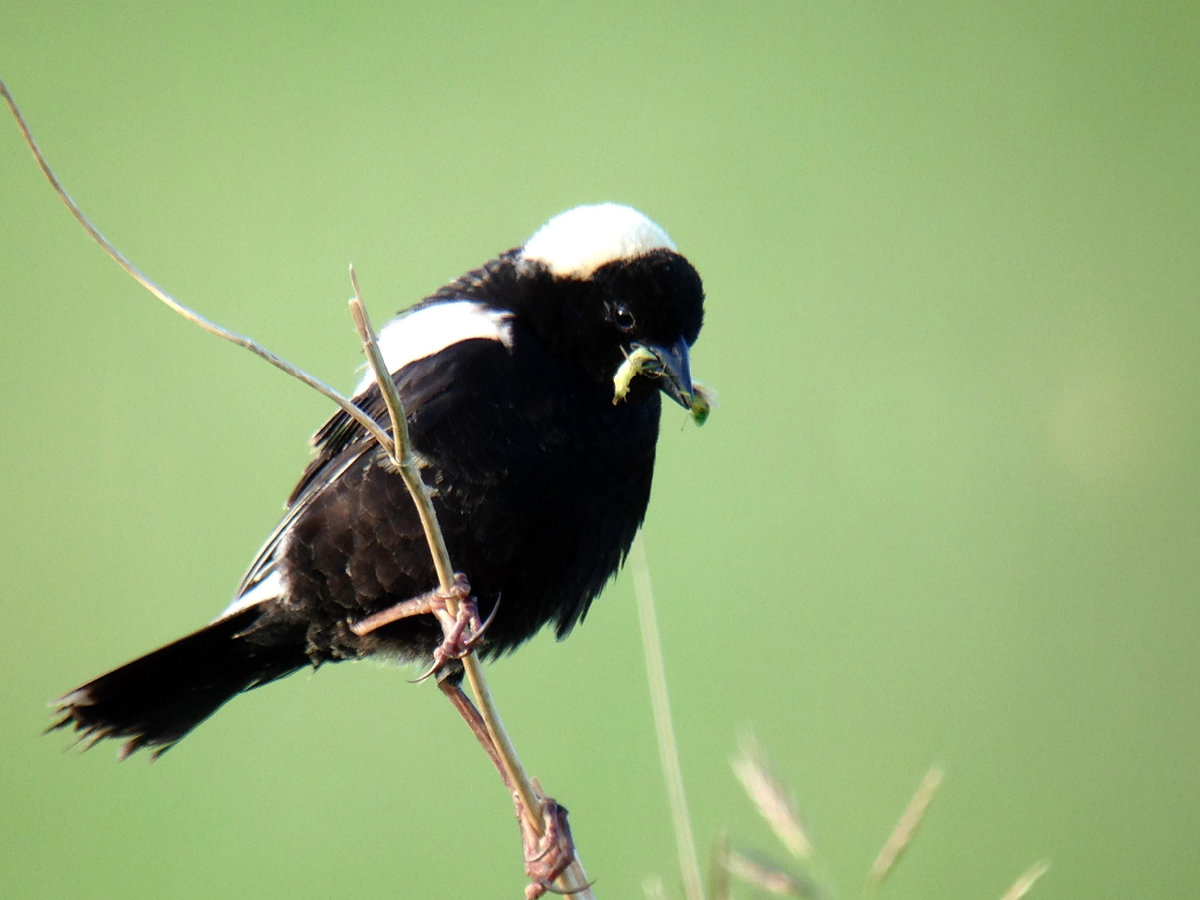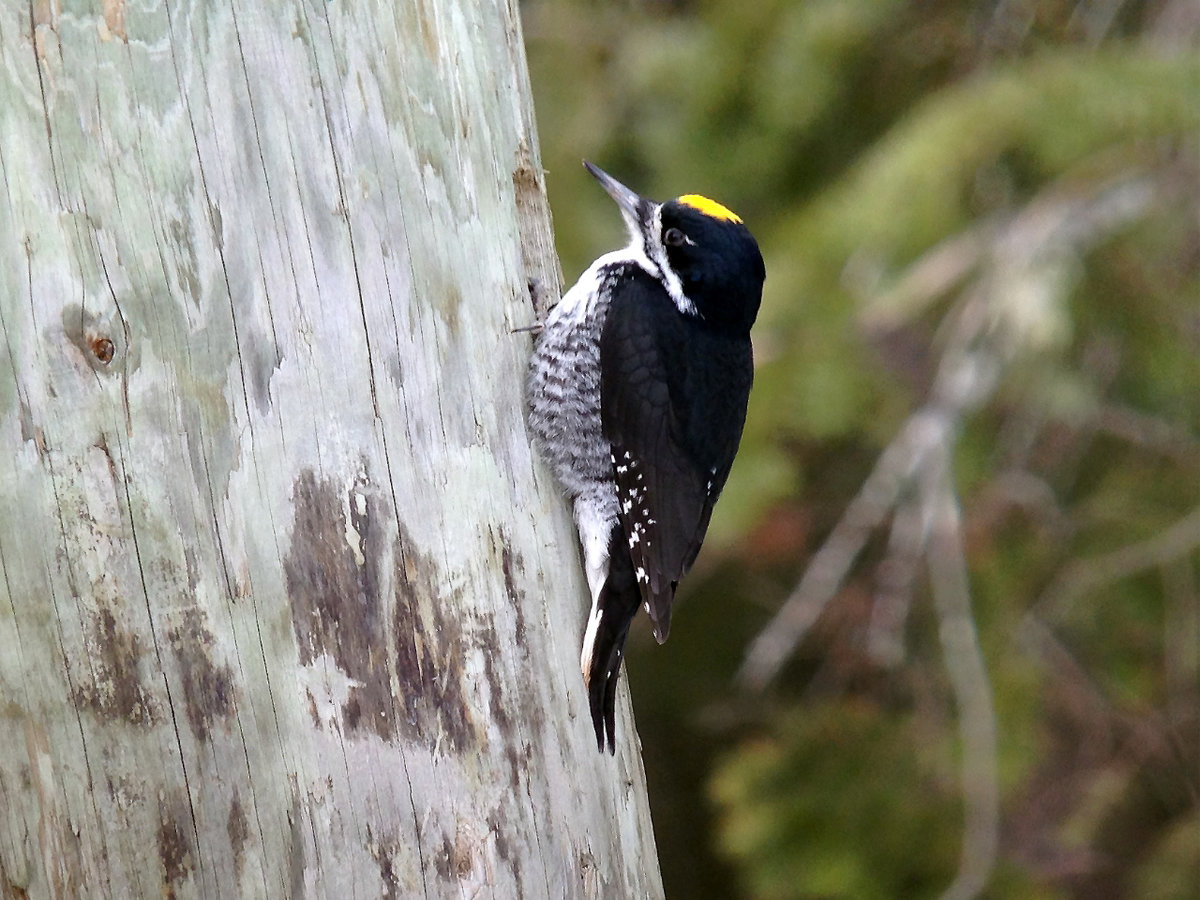
We collect basic website visitor information on this website and store it in cookies. We also utilize Google Analytics to track page view information to assist us in improving our website.
Written by: Summer Graham

On September 9th I attended the online webinar “Gardening for the Birds” with Kevin Kavanagh and hosted by North American Native Plant Society (NANPS). The webinar was targeted at individuals interested in selecting native species for their gardens that would help support bird populations. Even as someone with over 5 years of experience in the field of ecology and with an interest in native plants, I found myself learning new information and gaining valuable lessons from the presentation.
The webinar was recorded, and you will be able to view it on the NANPS website in the coming weeks, but if you don’t have the time or prefer to read, I’ve provided a summary of some key take-aways below!
One of the first topics covered in the webinar was the benefits of gardens and what your garden can provide for local wildlife. Your garden, when planned correctly, can support breeding (species that come to an area during the breeding season to nest), resident birds (birds that remain in the area throughout most of their lifecycles), and non-resident or migratory birds travelling long distances (species that are just passing through in spring and fall). It is also important to remember that when we improve the landscape for birds, we also provide habitat for a variety of other wildlife as well.
what your garden can provide for local wildlife. Your garden, when planned correctly, can support breeding (species that come to an area during the breeding season to nest), resident birds (birds that remain in the area throughout most of their lifecycles), and non-resident or migratory birds travelling long distances (species that are just passing through in spring and fall). It is also important to remember that when we improve the landscape for birds, we also provide habitat for a variety of other wildlife as well.
For example, look at Northern Spicebush (Lindera benzoin). You may plant this attractive species to help support birds who are attracted to the seeds like Wood Thrush, but you are also supporting other species, including many insects like the Eastern Tiger Swallowtail, Spicebush Silkmoth, and Spicebush Swallowtail.
In terms of overall benefits to birds, your yard can provide:
Ideally, the species you select for your garden will:
Note: Gardens and yards are often drier than adjacent natural areas. Just because a species is found in a ravine near your house doesn’t mean it wants to be in your yard!
 Check out the Network of Nature “Find my Ecozone” page to learn more about what grows in your region. Remember, just because a species is native to your province or territory doesn’t mean it belongs in your ecozone! Try and keep it as locally appropriate as possible.
Check out the Network of Nature “Find my Ecozone” page to learn more about what grows in your region. Remember, just because a species is native to your province or territory doesn’t mean it belongs in your ecozone! Try and keep it as locally appropriate as possible.
Birds and other wildlife respond to habitat, not just species. For example, you may attract a few more birds to your yard by planting a single, native shrub, but you will attract far more if you introduce multiple species and habitat features to the area. This is important to remember when you plan your yard, as you have an opportunity to provide habitat that isn’t available in adjacent yards or natural areas around you.
For example, maybe you live next to a forest that has plenty of mature trees but lacks a shrubby understory. By planting shrubs and other bushes in your yard, you attract species that are looking for shelter or for nesting locations closer to the ground.
Or perhaps your neighbors have a wonderful prairie pollinator garden, but don’t have a water feature? By adding a pond to your garden, you will provide a water source for birds and other wildlife that are already in the area.
Another thing to consider is how you can provide food, shelter, and water year-round, not just in the warmer months. You can do this by planning and diversifying the species in your yard, so flowers, berries, and seeds are available during different seasons.
Although the list of native species for wildlife is extensive, below is a summary of different plants you might consider based on your location (most of these species are suitable for southern Ontario) and the types of birds you are looking to attract. For more detail on what to plant for certain species, check out the Birds Canada site BirdGardens.ca!
Fruit
There are several species you can plant that produce fruit for birds including:
Small/medium sized seeds
Many of these native plants flower and attract native pollinators while also acting as egg hosts. Be sure not to deadhead (remove old flower heads to try and encourage a second bloom) or cut back the plants until birds have taken advantage of the many seeds!
Nuts
Larger trees like our native Oak (Quercus sp.) and Hickory (Carya sp.) species produce nuts and acorns perfect for larger species like woodpeckers.
Nectar
Nectar feeders, like Ruby-throated Hummingbirds, benefit from spring to fall blooms. A combination of Eastern Red Columbine (Aquilegia canadensis), Bee Balm (Monarda fistulosa), Cardinal Flower (Lobelia cardinalis), Trumpet Creeper (Campsis radicans), and Spotted Jewelweed (Impatiens capensis) would be a feast for them!
Cone seeds
White Pine (Pinus strobus) is probably the best native species for attracting birds that feed on cone seeds. Make sure you have enough room in your yard before planting though!
birds that feed on cone seeds. Make sure you have enough room in your yard before planting though!
Insects
Native Willows (Salix sp.) are ideal for attracting warblers that feed on native insects. By flowering early, willows provide habitat for many native insects in the spring when warblers are migrating back from the south.
When aiming to provide habitat, it was suggested earlier to look at surrounding areas (but not necessarily staking out your neighbours’ gardens!) for features that may be missing on the landscape scale that you can add to your yard.
You should also consider letting leaves stay on your yard rather than tidying them up, as this provides habitat for insects and will attract species such as Northern Flicker that like to forage on the ground for food. If you can, set out some decomposing logs or stumps to provide additional habitat, as well as a perching spot for ground foraging species to hop up on and check their surroundings for predators while they feed.

A water feature can be a great addition to a wildlife garden but be sure it includes the right characteristics to maximize its benefit to local species!
Most importantly, keep your water feature clean! Wildlife won’t use it if they sense something is “off”, and diseases can be spread through features shared by many animals.
All this information might be overwhelming, and you might not know where to start. The best advice is to START SMALL! You don’t have to transform your backyard into a bird paradise overnight, and in terms of budget, time, and commitment, it’s probably best if you don’t. Look to plant a couple native shrubs, and introduce a few habitat features at a time.
Once those species are well established and require less care to thrive, move on to the next thing. By taking on too much at one time, you risk burnout and might become unmotivated to continue if plants start to die and your yard becomes more like a desert than an oasis.
Once you are ready to get started, head to our Native Plant Nursery Finder to discover local places to purchase your plants!
Join our email list to receive occasional updates about Network of Nature and ensure you get the news that matters most, right in your inbox.